The world’s first humanoid robot half marathon is a significant milestone for China in the fields of AI and robotics technology. This event showcases the latest advancements in endurance, motion control, intelligent algorithms, mechanical structures, and energy management systems of humanoid robots. The competition is not only a showcase of technology but also an important platform for promoting technological innovation and strengthening industry-academia-research collaboration.
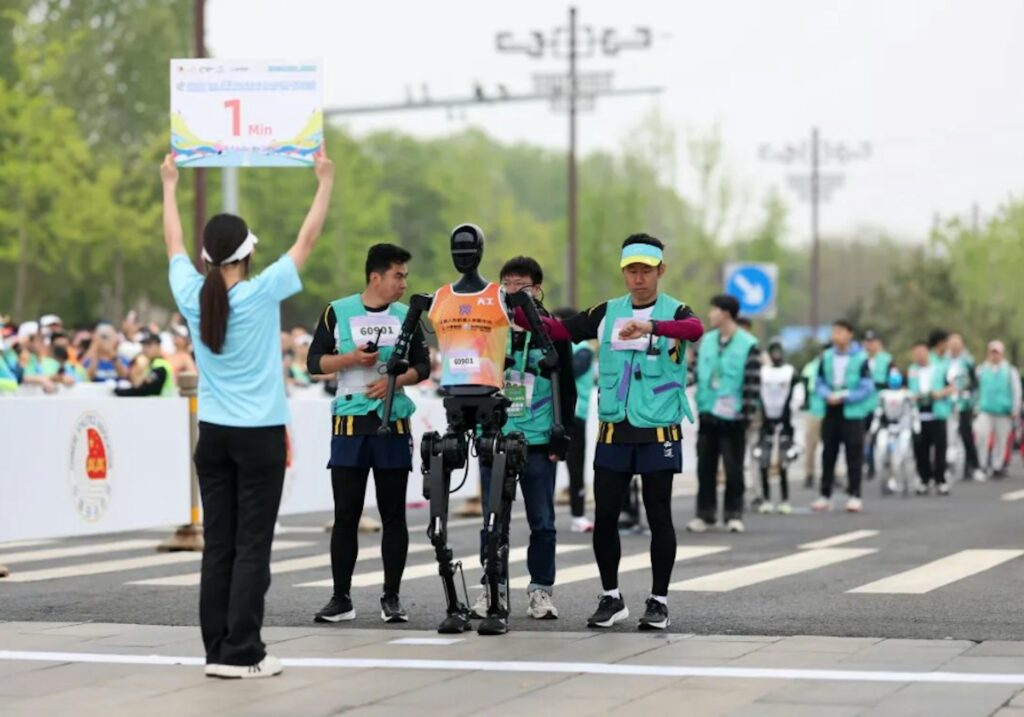
Highlights of the Event
Course Design: The total length of the course is 21.0975 kilometers and includes various complex terrains, such as 8 right turns, 6 left turns, and slopes with a maximum gradient of 9 degrees. This design not only tests the motion control capabilities of the robots but also places higher demands on their visual perception and positioning navigation technologies.
Participants: Teams from different research institutions and universities participated in this competition, including the Blaze Guangchi Team from Beijing Information Science & Technology University, Power Intelligent Team from Tsinghua University’s Future Laboratory, Huoshen Team from Tsinghua University, and Shanhaituan Team from China Agricultural University. These teams showcased their developed humanoid robots, demonstrating cutting-edge technological achievements in multiple technical fields.
Champion: The “Tiangong Ultra” developed by the Beijing Humanoid Robot Innovation Center won the championship with a time of 2 hours and 40 minutes, setting a new world record. This achievement not only marks a significant breakthrough in technology but also provides valuable experience and technical references for subsequent research and development.
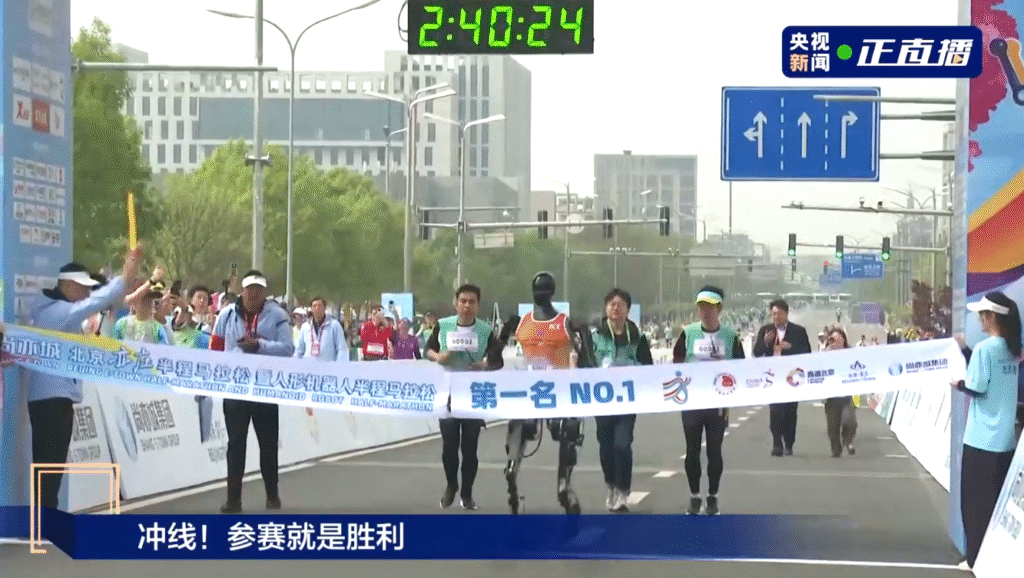
Technological Advancements and Challenges
Through such competitions, researchers can identify shortcomings in existing technologies and make targeted improvements. For example, in areas like motion control, visual perception, positioning navigation, decision-making planning, and multi-robot collaboration, each participating team demonstrated cutting-edge technological achievements. These efforts contribute to the technological progress of the entire industry and promote the development of related industries.
- Motion Control: Complex terrains and slopes require robots to have highly precise motion control systems.
- Visual Perception: Robots need to adjust their visual perception systems in real-time to ensure safety and accuracy when facing different environmental changes.
- Positioning Navigation: Accurate positioning navigation is key to ensuring that robots complete long-distance races successfully.
- Decision-Making Planning: Making optimal path choices based on real-time data is an important indicator of a robot’s level of intelligence.
- Multi-Robot Collaboration: In some cases, multiple robots need to work together, which poses challenges to system coordination and stability.
Social Impact
In addition to technological advancements, these competitions also hold significant social value. They not only enhance public awareness of robotics technology but also stimulate young people’s interest in science and technology. For example:
- Rehabilitation Medicine: AI can analyze athlete data to develop personalized rehabilitation plans; the application of flexible electrode materials can monitor muscle status in real-time, preventing sports injuries.
- Education Promotion: Events like the finals of the youth AI robot track further ignite young people’s interest and passion for science and technology, laying down valuable human resources for future innovative development.
- Industrial Applications: Whether it’s smart manufacturing digital twin innovation competitions in manufacturing or intelligent cultural creativity innovation competitions in the service industry, they all demonstrate the potential applications of AI robots in various fields.
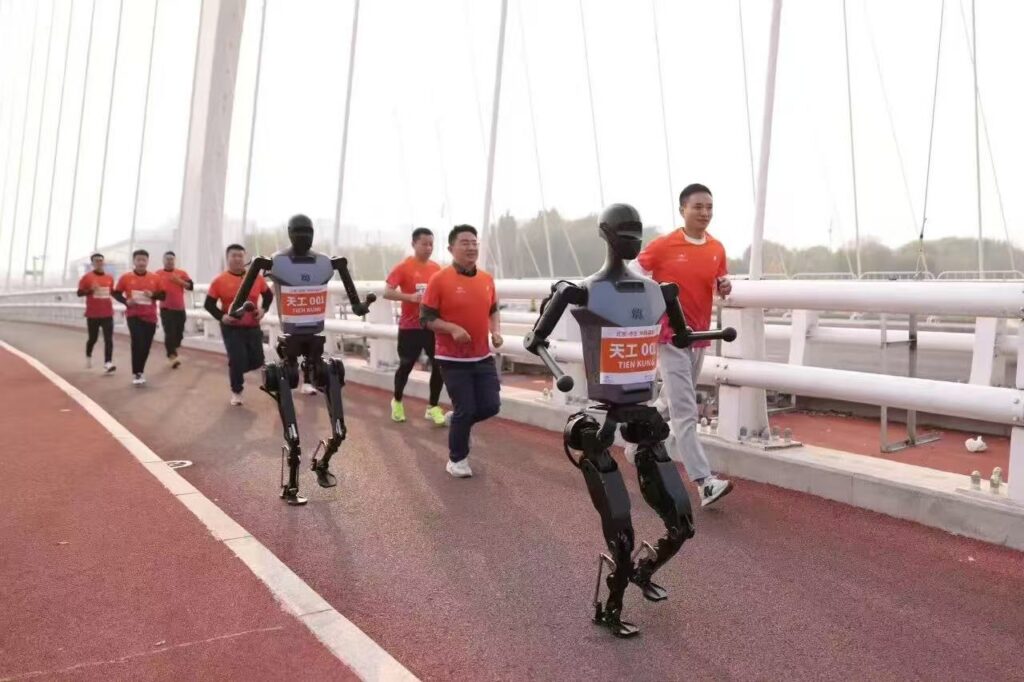
Summary
AI robotics competitions held in China are an indispensable part of accelerating advancements in this field. They not only foster technological innovation, strengthen connections between industry, academia, and research, broaden the application scenarios of robot technology, but also create profound social impacts. In the future, we can expect more similar competitions to emerge, collectively shaping a smarter world. Through these competitions, we witness technological progress and feel the boundless possibilities that technology brings to human life.
The successful hosting of this world’s first humanoid robot half marathon undoubtedly sets a new benchmark for the development of AI and robotics technology in China and globally.

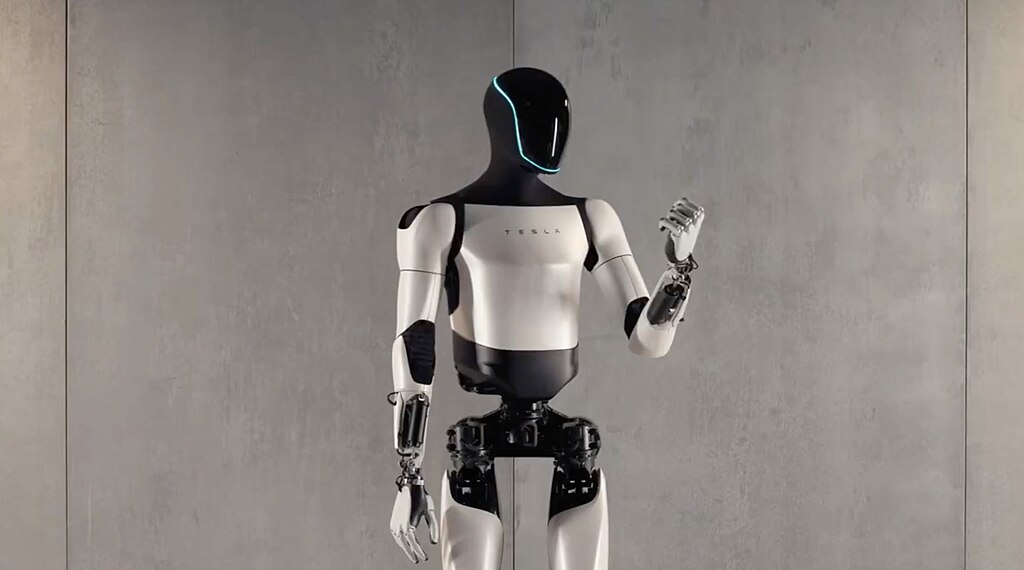
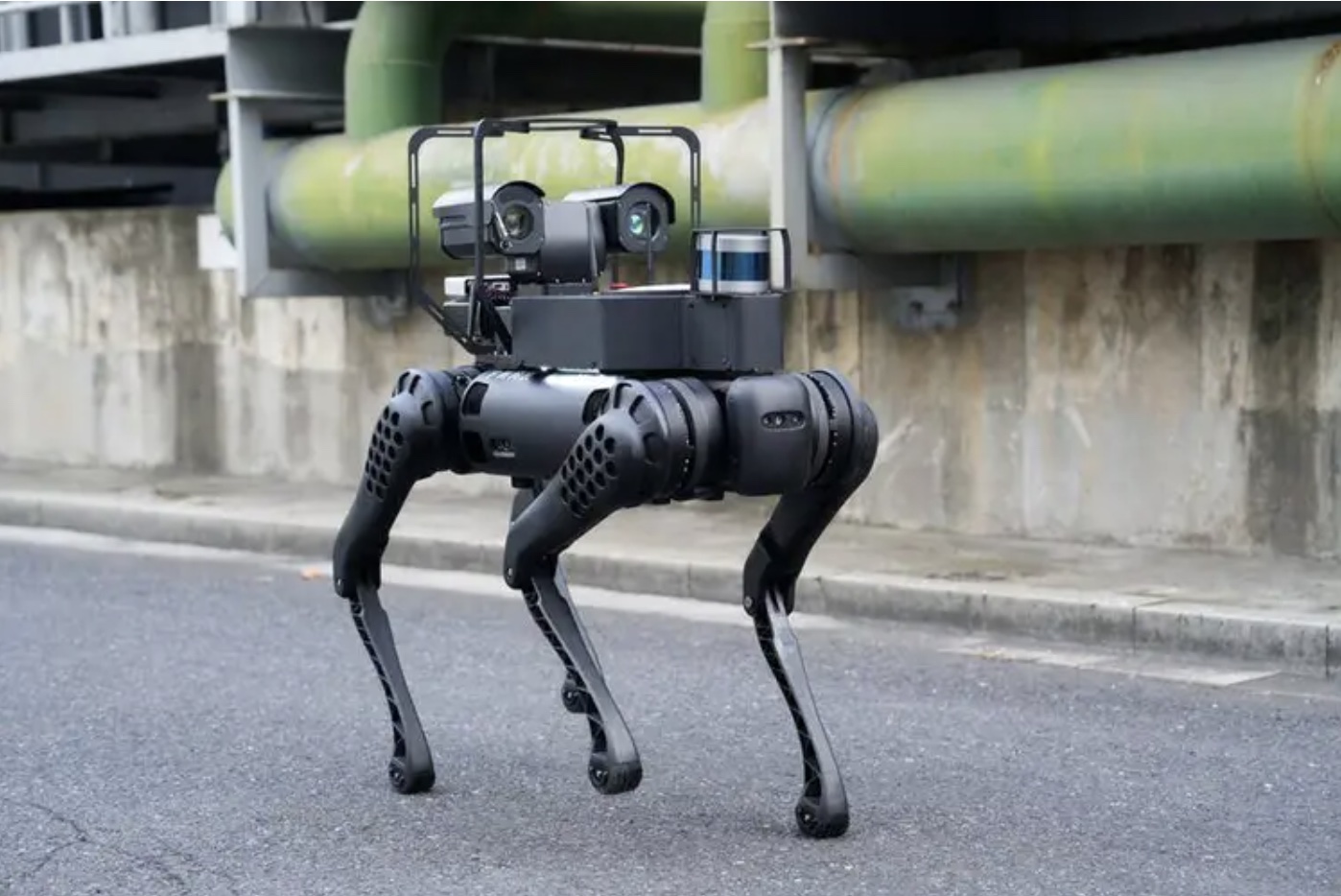
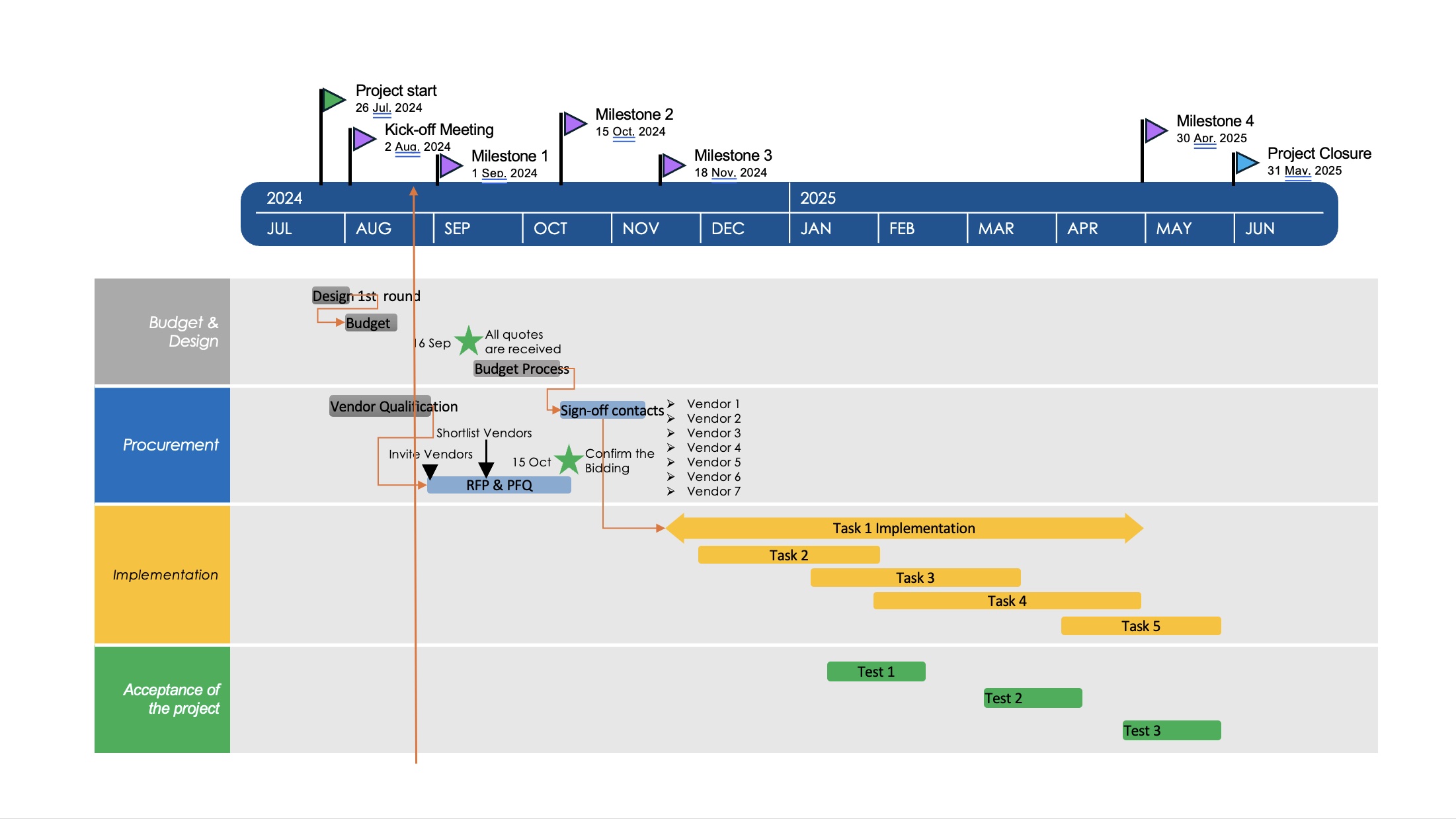
Wow superb blog layout How long have you been blogging for you make blogging look easy The overall look of your site is magnificent as well as the content